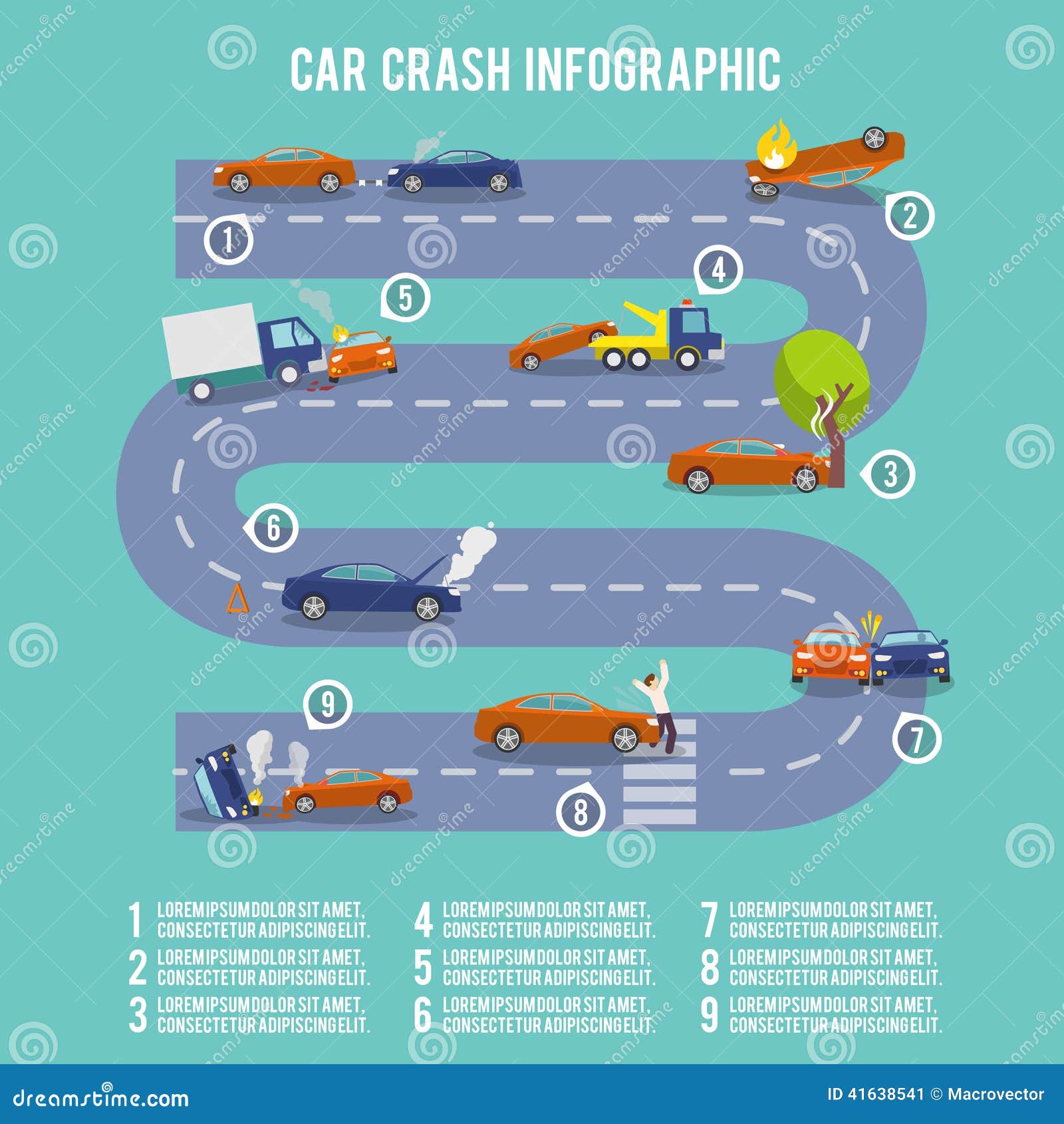Comprehending The Significance Behind Your Car'S Warning Lighting: A Thorough Appearance
Comprehending The Significance Behind Your Car'S Warning Lighting: A Thorough Appearance
Blog Article
cash wash near me -Lim Dalgaard
When you lag the wheel, those radiant caution lights on your control panel can be a little bit bewildering. Do you know what they're attempting to inform you about your cars and truck's wellness? Comprehending the relevance of these lights is important for your safety and security and the durability of your automobile. So, the following time among those lights turns up, wouldn't you wish to decipher its message accurately and take the required actions to address it?
Common Warning Lighting and Interpretations
Identify typical warning lights in your car and understand their significances to make certain safe driving.
One of the most typical caution lights consist of the check engine light, which signifies concerns with the engine or exhausts system. If this light comes on, it's crucial to have your lorry inspected quickly.
The oil pressure warning light indicates low oil stress, requiring instant attention to stop engine damages.
A flashing battery light may recommend a damaged billing system, possibly leaving you stranded otherwise attended to.
The tire stress surveillance system (TPMS) light alerts you to low tire stress, impacting lorry stability and gas performance. Overlooking this can result in unsafe driving problems.
The ABS light indicates a trouble with the anti-lock braking system, jeopardizing your ability to quit swiftly in emergencies.
Lastly, the coolant temperature level advising light warns of engine overheating, which can result in severe damages otherwise dealt with quickly.
Understanding these typical caution lights will aid you resolve concerns quickly and maintain safe driving conditions.
Value of Prompt Attention
Recognizing the typical caution lights in your car is just the very first step; the value of immediately attending to these cautions can't be highlighted sufficient to guarantee your safety and security when driving.
When a warning light brightens on your control panel, it's your car's method of communicating a potential problem that needs focus. Neglecting these warnings can lead to a lot more severe troubles in the future, jeopardizing your safety and security and possibly costing you much more out of commission.
Prompt attention to warning lights can protect against breakdowns and accidents. For example, a blinking check engine light can indicate a misfire that, if left neglected, could trigger damages to the catalytic converter. Addressing websites can conserve you from an expensive repair service.
In a similar way, a brake system cautioning light might indicate low brake liquid or worn brake pads, important components for your safety when driving.
DIY Troubleshooting Tips
If you see a warning light on your control panel, there are a couple of DIY repairing tips you can attempt before seeking expert help.
The initial step is to consult your automobile's handbook to understand what the specific caution light suggests. Sometimes the problem can be as basic as a loosened gas cap causing the check engine light. Tightening the gas cap may fix the issue.
Another usual concern is a low battery, which can cause various warning lights. Inspecting the battery connections for deterioration and ensuring they're secure might take care of the trouble.
If a caution light lingers, you can try resetting it by detaching the cars and truck's battery for a couple of minutes and afterwards reconnecting it. In addition, checking your automobile's liquid degrees, such as oil, coolant, and brake fluid, can help troubleshoot warning lights related to these systems.
Conclusion
In conclusion, recognizing your vehicle's caution lights is vital for maintaining your vehicle running efficiently and safely. By immediately resolving these alerts and understanding what they imply, you can avoid costly fixings and possible break downs.
Remember to consult your cars and truck's manual for certain information on each cautioning light and do something about it accordingly to make certain a hassle-free driving experience.
Remain notified, remain risk-free on the road!
